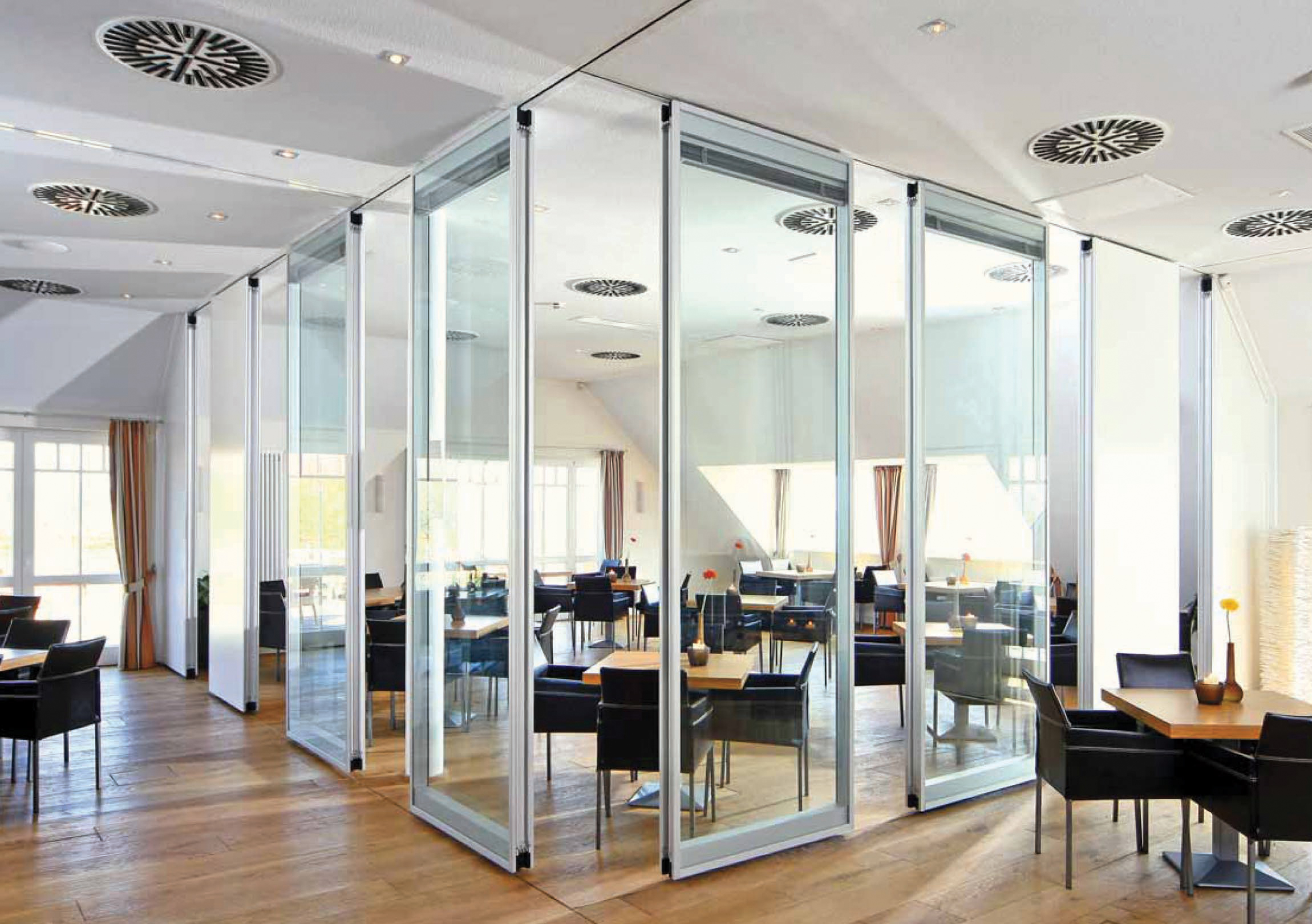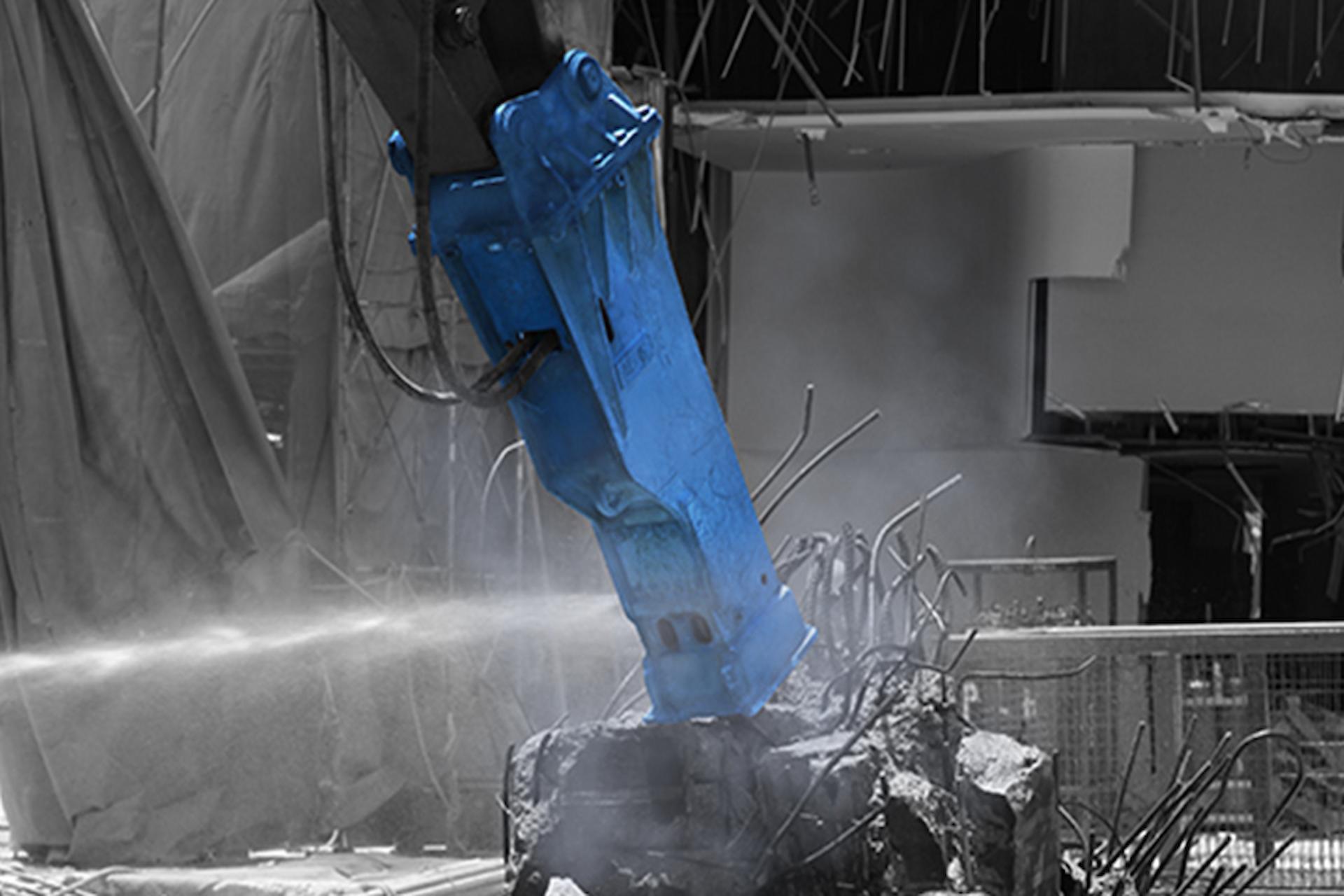Permafrost refers to the perpetually frozen layer which forms on or just beneath the Earth’s surface. This layer comprises soil, gravel, sediment, sand, and even rock held together by ice—permafrost forms at temperatures below 0°C or 32ºF for at least two consecutive years. The thickness of this frozen layer can range between one to over 1000 meters. It can be found extensively on land and beneath the ocean floor in areas where the temperatures hardly increase above freezing point. Permafrost is found in countries surrounding the Arctic Circle.
Steven Rindner –The Impact Of Permafrost Thawing On The Environment
Steven Rindner is a student from New York majoring in biology with a passion for environmental conservation. In his opinion, permafrost plays a vital role in maintaining the fragile ecosystem covering the entire Arctic Tundra. It makes the whole Arctic landscape watertight to keep the vast lakes and distinct wetlands. This area is the natural habitat for many rare species of flora and fauna. Unfortunately, the rapid increase in global warming is causing permafrost thawing. This phenomenon threatens to drain the entire wetlands and endanger numerous species of animal life.
The large-scale defrosting of the permafrost in the Arctic region has led to the following adverse effects on the environment:
Considerable Reduction In Greenhouse Gas Stores
Microbes decompose the bodies of dead animals and plant life to release various kinds of greenhouse gases into the atmosphere. The permafrost layer acts as an enormous freezer to pause this natural process to preserve the organisms and multiple gasses. However, the steady thawing of the permafrost layer renews the microbial decomposition of these various organic materials. This causes an increase in greenhouse gas emissions which accelerates the rate of global warming.
Altering Landscapes
Extensive permafrost thawing changes the natural ecosystems of the Arctic Tundra area. It gives rise to a geological phenomenon known as ‘’thermokarst’’. These are regions of sagging ground and numerous shallow ponds distinguishable by the tilting askew trees. When this fertile soil erodes, new sediments enter the traditional waterways. This alters the natural course of significant rivers and degrades the quality of the water. It makes the soil susceptible to erosions and devasting landslides.
Increases In Diseases
The permafrost not only traps greenhouses gases but even numerous pre-historic microbes. Many types of bacteria, viruses, and other pathogens have remained dormant in the permafrost for thousands of years. However, the increase in global warming, deforestation, soil, and erosion is causing the permafrost to melt. There is a danger that microbes within the permafrost will disburse into the air. This might result in large-scale global epidemics, which can endanger the lives of millions of humans.
According to Steven Rindner, permafrost thawing will continue to negatively affect the environment if it continues at the current rate. Unfortunately, ordinary people can avert this phenomenon by reducing their carbon footprints. To do so, they should start using energy-efficient appliances, support environmental-friendly businesses and legislation to preserve the fragile ecosystem of the Earth with success!



